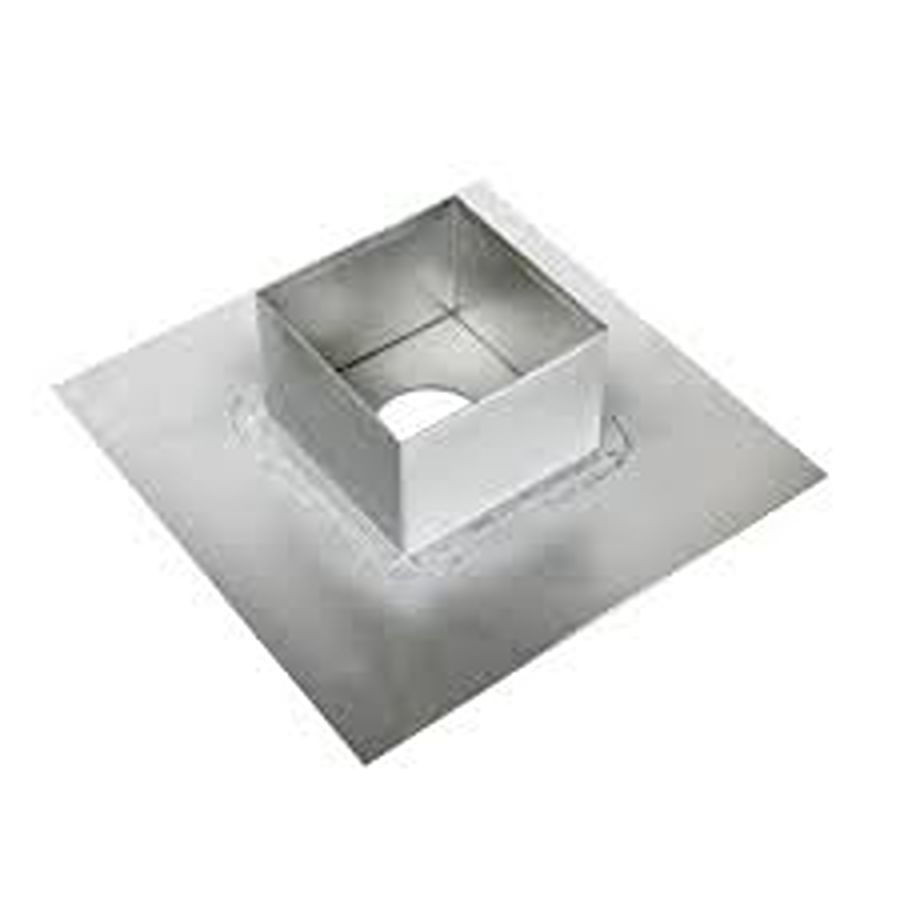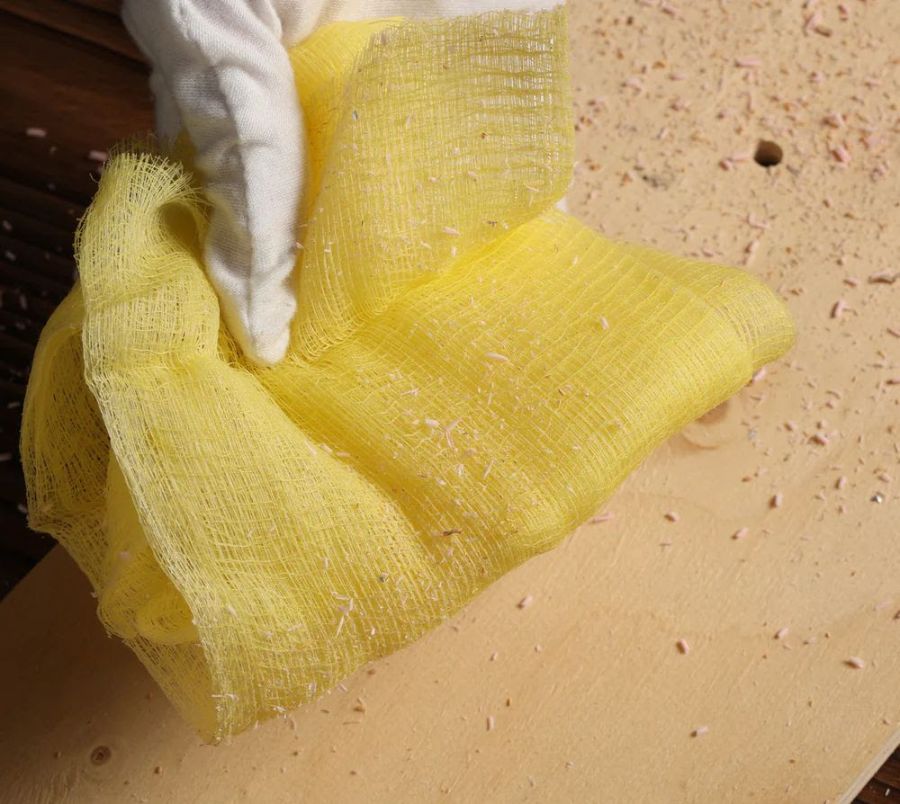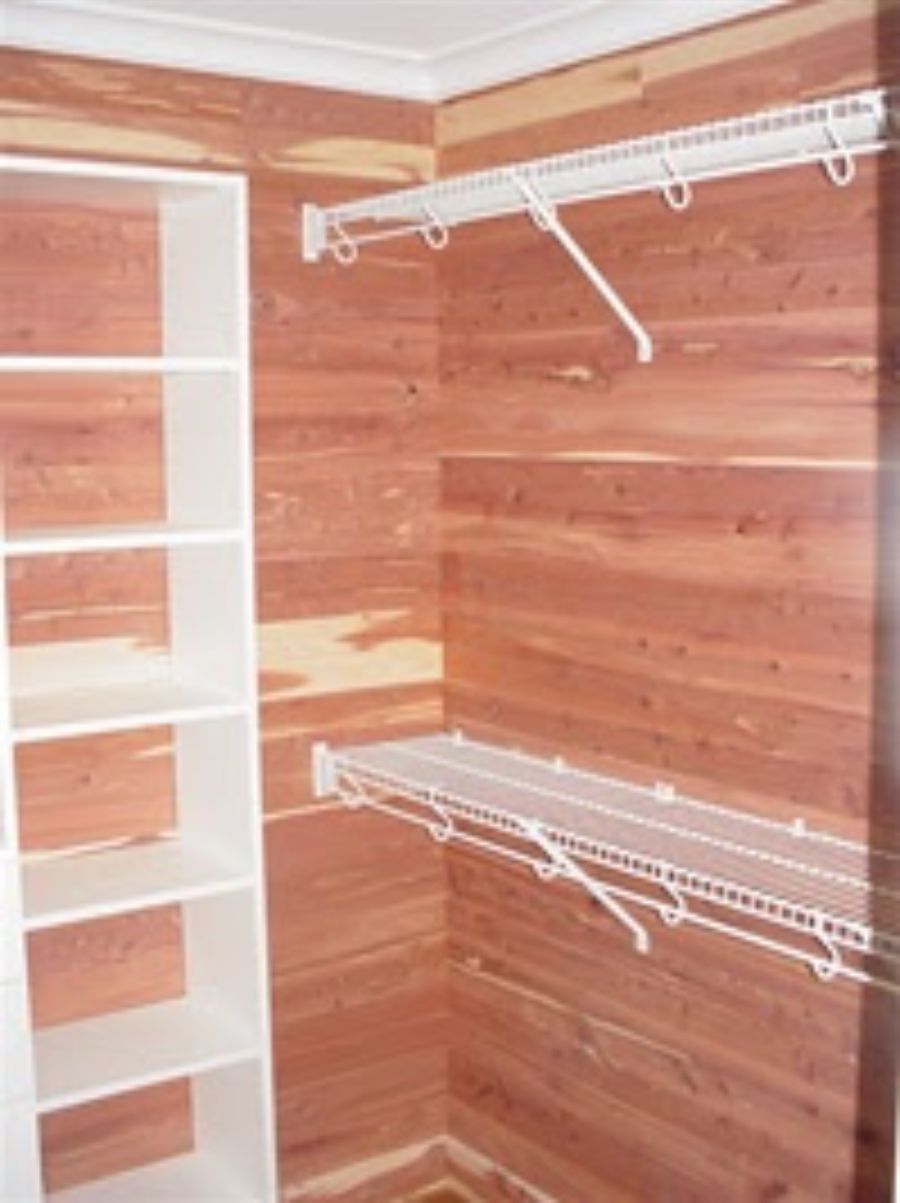Not to be confused with ‘Pickpockets’ (which tend to be a bit more dastardly), ‘Pitch Pockets’ are special parts of roofs that are used to seal around things which stick up through the roof, like pipes, wires, or support beams. These things are called roof penetrations. Pitch pockets help keep water from leaking into the building where those items come through the roof.

Why Are Pitch Pockets Important?
When a roof is built, it’s supposed to be watertight. That means no rain or snow should be able to get inside. But when something sticks up through the roof — like a metal pipe, electrical conduit, or a small post — it creates a hole. If that hole isn’t sealed properly, water can get in. Over time, even a small leak can lead to big problems like mold, rotting wood, and damaged insulation.
That’s where the pitch pocket comes in. It’s a way to seal around the object in a way that keeps water out. It helps protect the roof and everything under it.

What Does a Pitch Pocket Look Like?
A pitch pocket is usually made from metal or plastic and is shaped like a small open box or cup. It’s built around the base of the pipe or other object. Once the pocket is in place, it is filled with a thick, sticky material called pitch or a special sealant. This material hardens and seals up the space around the pipe or object. The goal is to close every gap where water could sneak through.
Today, roofers often use modern sealants instead of traditional pitch, but the name “pitch pocket” is still used. These sealants are made to handle sun, rain, snow, and changing temperatures.

Where Are Pitch Pockets Used?
Pitch pockets are mostly used on flat roofs or low-slope roofs. These roofs are more likely to collect standing water, which makes sealing around penetrations very important. You might see pitch pockets on roofs of commercial buildings, apartment complexes, or even some large homes with flat roofs.

Some examples of things that may need a pitch pocket:
· HVAC (heating and cooling) supports
· Pipes for plumbing or gas
· Electrical cables
· Antennas or satellite mounts
· Light poles or sign brackets
Are Pitch Pockets Always the Best Option?
Not always. Pitch pockets are sometimes seen as a last-resort method. They require regular maintenance. Over time, the sealant can crack or shrink, especially if it’s exposed to lots of sun and weather. That’s why roofers now try to use other types of flashing (special roof materials) when possible. But in some cases — like when the shape of the object is odd or it moves slightly — a pitch pocket may be the best choice.

Maintenance Tip
If your building has pitch pockets, it’s important to check them at least once or twice a year. Look for signs of:
· Cracking or shrinking sealant
· Water pooling around the pocket
· Rust (if the pocket is made of metal)
· Leaks inside the building nearby
If problems are found, a roofer can remove the old sealant and refill the pitch pocket to make it watertight again.
While not always the first choice today, pitch pockets are still useful in many situations. Keeping them in good shape could be a valuable key to keeping your roof safe and dry







